Barnes & Noble finally released some hard numbers regarding self-publishers. From their press release:
* PubIt! continues to attract 20% more independent authors every quarter.That last point really caught me by surprise. Self-publishers have obviously grabbed a lot of market share on Amazon, but conventional wisdom was that (for a variety of reasons) they fare worse on other retailers. While I’m sure that’s still the case, it seems the phenomenon was overstated.
* Titles from self-published authors continue to increase by 24% each quarter in the NOOK Store.
* Customer demand for great independent content continues to dramatically increase as 30% of NOOK customers purchase self-published content each month, representing 25% of NOOK Book sales every month.
25% of Nook sales are self-published e-books. This is in reference to units sold not dollar amounts, but I’ll deal with that distinction in a bit. Nonetheless, that’s a crazy number! Aside from it being great to see how well self-publishers are doing, particularly on a venue that puts so many obstacles in their path, it also gives us an opportunity to look at the market as a whole.
In an interesting interview with Digital Book World last Friday, Kobo’s CEO Mike Serbinis revealed the following:
In some countries, our ebook units sold from Writing Life are on par with one of the big-six publishers. In one of our countries, self-published books [as a category] is beating the largest publishers.Again, this is heartening. It’s amazing to me that self-publishers (as a whole) have grabbed a bigger piece of the market – in some countries – than the largest publishers. However, for the purposes of this piece, I’m more concerned with the American market – where Serbinis admitted Kobo’s market share was still in the “low single digits.”
The Kindle’s share of the US market is far larger – with most observers pegging it at between 60% and 65% (most of the rest is split between Apple and Barnes & Noble, with Google, Sony, and Kobo combined perhaps getting around 5%). But how much of that have self-publishers grabbed?
Amazon is famously tight-lipped about such matters, so we have to put the pieces together ourselves. As such, the method is necessarily crude, but it’s the best I’ve got.
The Kindle Indie Store
In August 2011, Amazon launched the Kindle Indie Store, which showcases hand-picked work in a variety of genres from KDP authors. It also has a Top 100 list, ordered by Sales Rank, just like the regular Kindle Store Top 100.
By comparing the position of self-published work in the Kindle Indie Store Top 100 with it’s overall Sales Rank, we can get a pretty accurate idea of what proportion of the top-selling books are self-published.
When the Kindle Indie Store first launched, I tracked the Indie Top 100 for a few weeks. Invariably, the book that was #100 in the Indie chart was around #400 to #500 in the overall Kindle Store – meaning that, at the time, roughly 20% to 25% of the top-selling items in the Kindle Store were self-published e-books (and those numbers held up throughout the list).
As I tracked those numbers over the next few months, that proportion varied somewhat, but never wildly – aside from seasonal effects (i.e. traditional publishers performed better after releasing their big books in October/November, and self-publishers’ performance improved when they put out their new titles in late December and carried that into January).
Today, you’ll see that the book at #100 in the Indie chart is #346 in the overall Kindle Store – meaning that 29% of the top-selling items in the Kindle Store are self-published e-books – and that proportion has been stable enough recently.
The Kindle Store contains more than just e-books, with things like digital subscriptions to the New York Times, magazines, blog subscriptions, and games regularly appearing in the Top 100. If you were to subtract all of those, and try and isolate e-books, that figure (easily) goes north of 30%.
This staggers me. 30% of the top-selling e-books on Amazon are self-published, beating out the biggest authors from the largest publishing houses in the world – as well as titles from Amazon’s own imprints (which aren’t included in the Indie Top 100).
This roughly tallies with the limited data we do have from Amazon, who recently announced the top-selling Kindle Books of 2013 (January to March). Seven of the Top 20 were self-published (and that’s not counting formerly self-published work, or Amazon imprint books).
Without more detailed numbers from Amazon, it’s hard to know whether these percentages hold true further down the rankings, but looking at the huge number of categories and granular sub-categories in the Kindle Store – which all have their own bestseller lists, filled with self-publishers – I think it’s safe to assume that is the case. If anything, looking at those genre bestseller lists, I would guess that proportion grows.
Now we can start putting the pieces together. When we factor in the respective market share of Amazon and Barnes & Noble (and Kobo), that leads to the following estimate (which might be conservative): self-publishers have captured 25% of the US e-book market.
I’m fully aware that there is a lot of guesswork involved in compiling an estimate like this. I don’t know if someone has attempted it before (if they have, please point me to it). I’m putting this out there to be poked and prodded, so please point out any flaws in my logic.
Obviously, I’m taking the numbers from Barnes & Noble and Kobo at face value, and using a very crude method for ball-parking the share of the market that self-publishers have grabbed on Amazon. In the absence of more detailed data, it’s the best I can come up with. If you have a better suggestion, I’m all ears.
Finally, please note that I’ve assigned a near-zero value to self-publishers’ market share on Apple. There’s no data and no reliable way to estimate that I’m aware of – which is why I’m pretty sure my estimate for the US e-book market is conservative.
Unit Sales v Dollar Amounts
I imagine that many will respond by saying that this is all in reference to unit sales, and the industry standard of quantifying market share is to refer to dollar amounts.
Quite frankly, I think that’s mistaken. Talking about things like e-book market share in dollar amounts might be important to traditional publishers – who are anxious to replace falling print revenue with new digital income – but it’s way less important to self-publishers (who price at the lower end of the range and don’t really care if readers are paying less for digital editions).
Talking about market share in terms of unit sales is, in my opinion, a much better metric for seeing where things stand and where they are headed – but I’m happy to debate that.
















































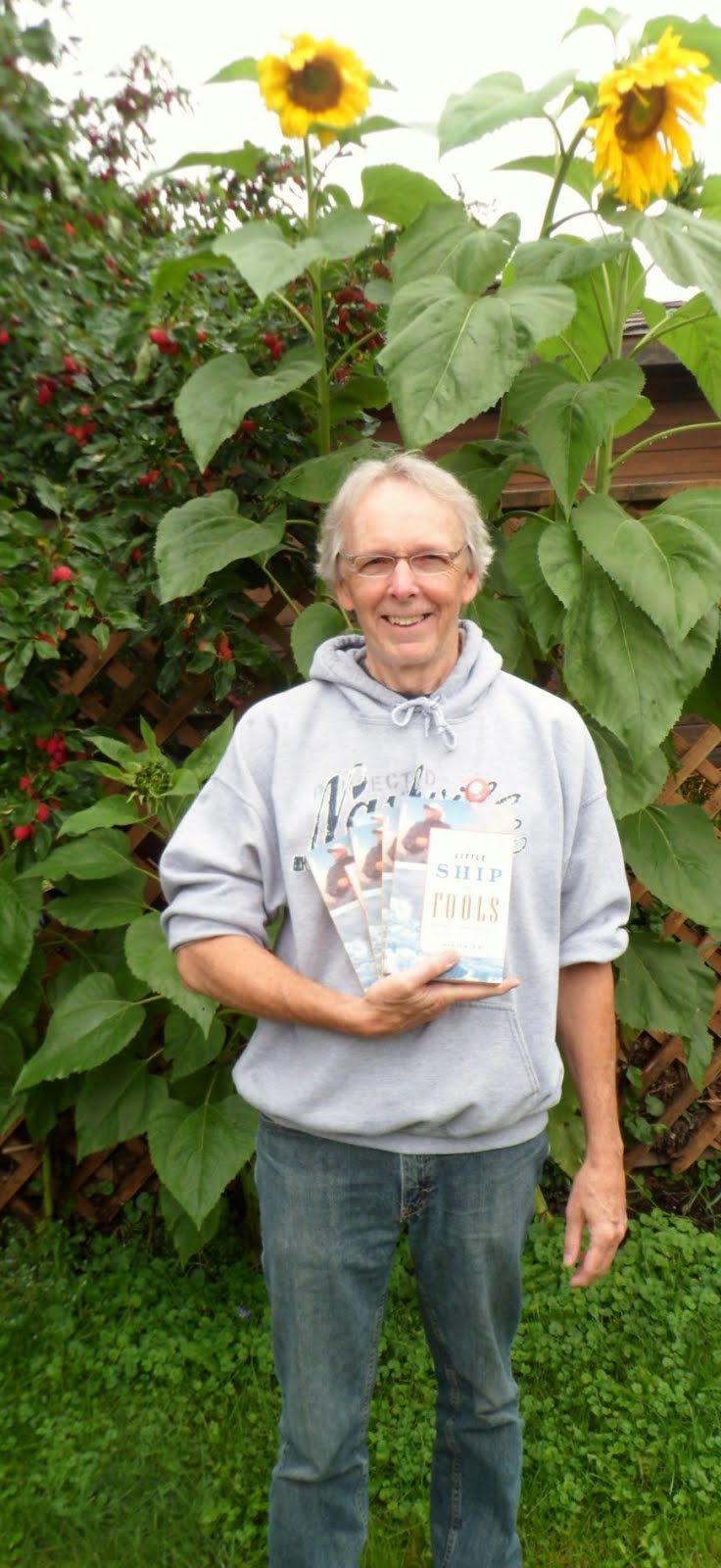





























































































































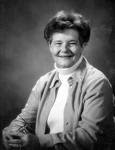


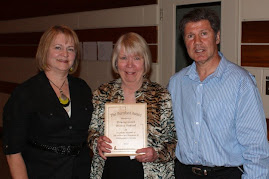









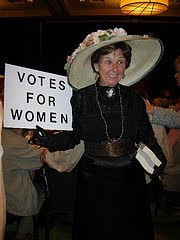





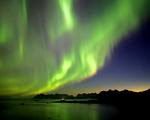










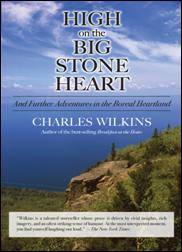





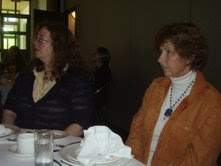
















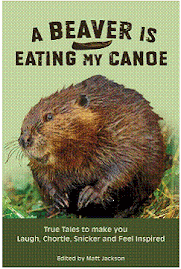


















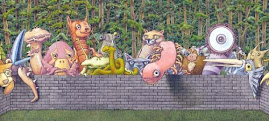







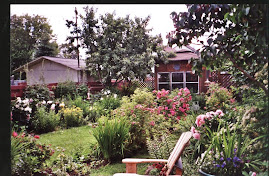










No comments:
Post a Comment